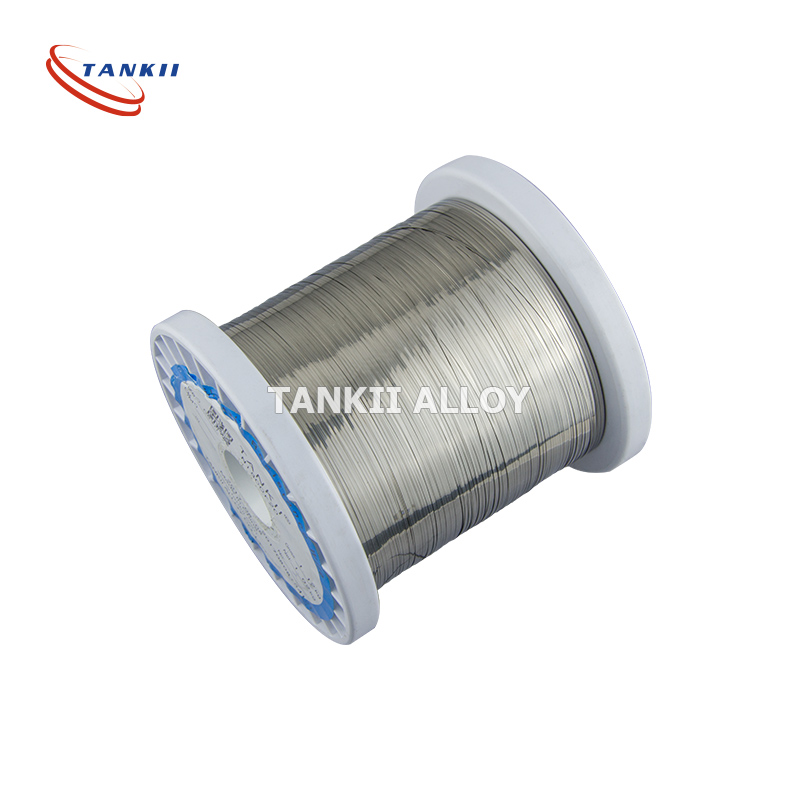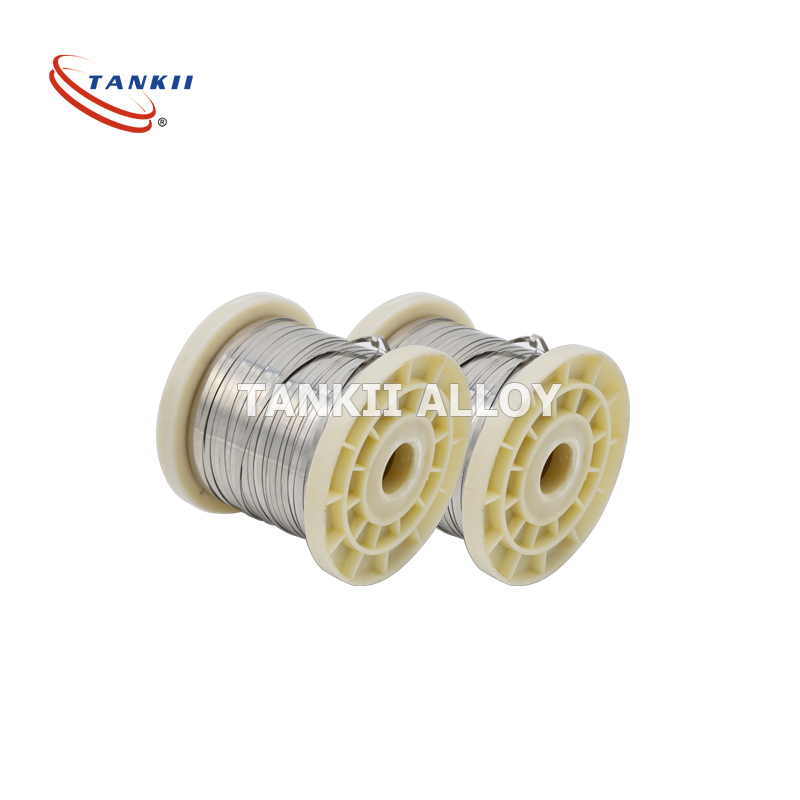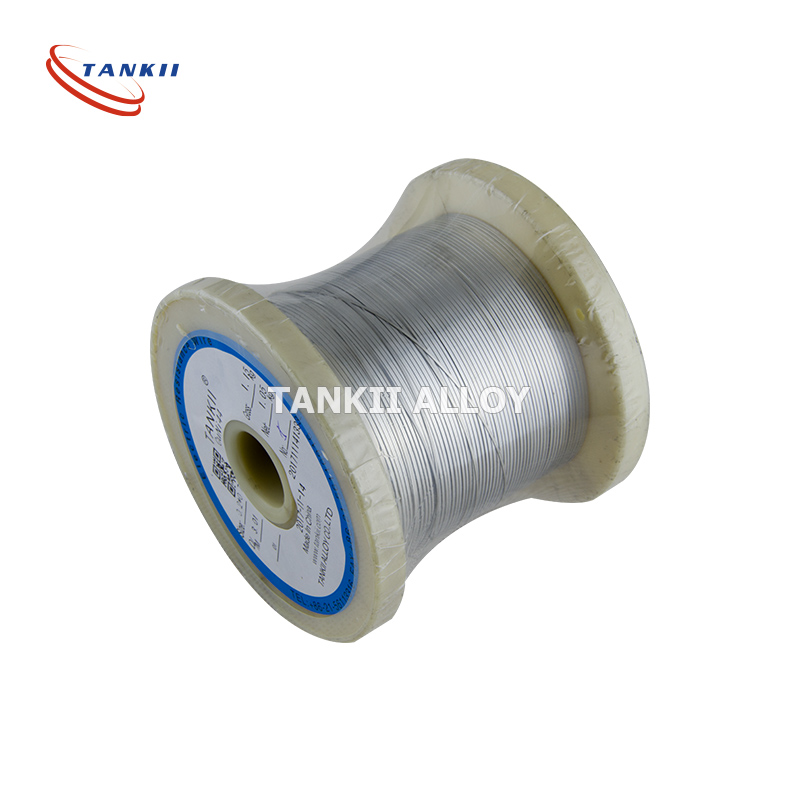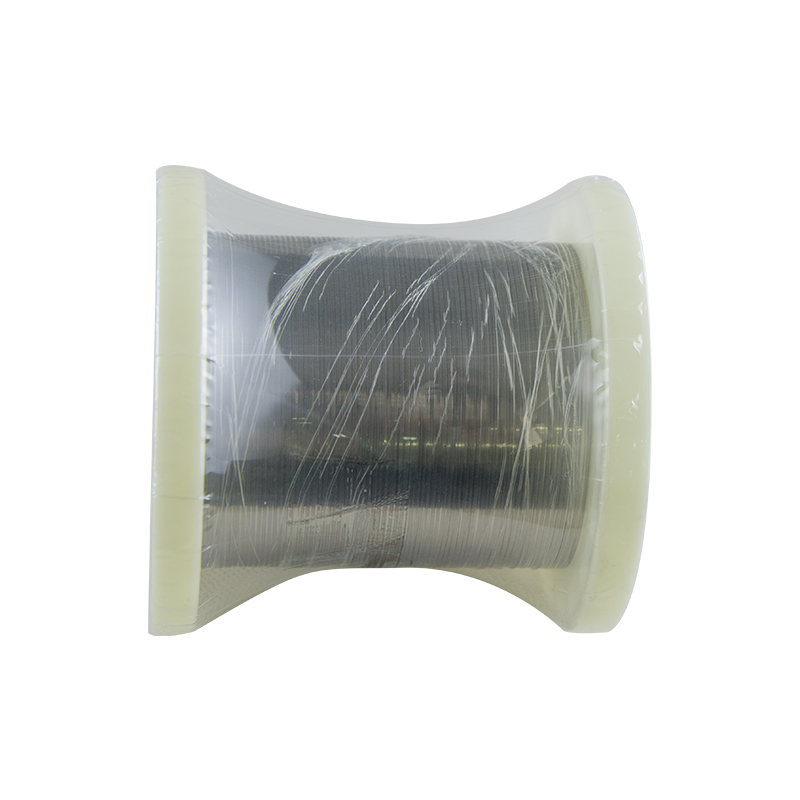Willkommen auf unseren Websites!
FeCr23Al5 / Cr23Al5 Hochtemperatur-Heizdraht / Flachdraht
FeCrAl 23-5/Hochtemperatur-Heizdraht/Flachdraht
Wird hauptsächlich in Heizgeräten, Heizelementen und Widerständen usw. verwendet.
NiCr 80/20, NiCr 70/30, NiCr 60/15, NiCr 35/20
FeCrAl15-5, FeCrAl20-5, FeCrAl 25-5 usw.
Konstantan, Legierung 30, Legierung 60, Legierung 90 usw.
Elektrischer Widerstand von 0,02 u Ohm/m-1,53 u Ohm/m
Betriebstemperatur von 200 °C bis 1400 °C
Bei Fragen können Sie sich gerne an uns wenden.
NiCr:
RESISTOHM 20, RESISTOHM 30, RESISTOHM 40, RESISTOHM 60, RESISTOHM 70, RESISTOHM 80
FeCrAl:
RESISTOHM 125, RESISTOHM 135, RESISTOHM 140,
RESISTOHM 145, RESISTOHM 153
CuNi
Konstantan, Cuprothal 5, Cuprothal 10, Cuprothal 15, Cuprothal 30, Eurica
| FeCrAl-Legierungsgüte | Chemische Zusammensetzung % | |||||||||
| C | P | S | Mn | Si | Cr | Ni | Al | Fe | Re | Sonstige |
| max(≤) | ||||||||||
| 1Cr13Al4 | 0,12 | 0,025 | 0,025 | 0,7 | ≤1,00 | 12,5-15,0 | —- | 3,5-4,5 | 0,1 | Bal. |
| 0Cr15Al5 | 0,12 | 0,025 | 0,025 | 0,7 | ≤1,00 | 14,5-15,5 | —- | 4,5-5,3 | 0,1 | Bal. |
| 0Cr25Al5 | 0,06 | 0,025 | 0,025 | 0,7 | ≤0,60 | 23,0-26,0 | ≤0,60 | 4,5-6,5 | 0,1 | Bal. |
| 0Cr23Al5 | 0,06 | 0,025 | 0,025 | 0,7 | ≤0,60 | 20,5-23,5 | ≤0,60 | 4.2-5.3 | 0,1 | Bal. |
| 0Cr21Al6 | 0,06 | 0,025 | 0,025 | 0,7 | ≤1,00 | 19,0-22,0 | ≤0,60 | 5,0-7,0 | 0,1 | Bal. |
| 0Cr21Al4 | 0,06 | 0,025 | 0,025 | 0,7 | ≤1,00 | 21,0-23,0 | ≤0,60 | 3,0-5,2 | 0,1 | Bal. |
| 0Cr21Al6Nb | 0,05 | 0,025 | 0,025 | 0,7 | ≤0,60 | 21,0-23,0 | ≤0,60 | 5,0-7,0 | 0,1 | Bal. |
| 0Cr27Al7Mo2 | 0,05 | 0,025 | 0,025 | 0,7 | ≤0,40 | 26,5-27,8 | ≤0,60 | 6,0-7,0 | 0,1 | Bal. |
Chemische Zusammensetzung und Eigenschaften:
| Eigenschaften/Qualität | NiCr 80/20 | NiCr 70/30 | NiCr 60/15 | NiCr 35/20 | NiCr 30/20 | |
| Hauptchemikalie Zusammensetzung(%) | Ni | Bal. | Bal. | 55,0-61,0 | 34,0-37,0 | 30,0-34,0 |
| Cr | 20,0-23,0 | 28,0-31,0 | 15,0-18,0 | 18,0-21,0 | 18,0-21,0 | |
| Fe | ≤ 1,0 | ≤ 1,0 | Bal. | Bal. | Bal. | |
| Maximale Arbeitsleistung Temperatur (ºC) | 1200 | 1250 | 1150 | 1100 | 1100 | |
| Spezifischer Widerstand bei 20ºC (μ Ω · m) | 1,09 | 1.18 | 1.12 | 1,04 | 1,04 | |
| Dichte (g/cm3) | 8.4 | 8.1 | 8.2 | 7.9 | 7.9 | |
| Wärmeleitfähigkeit (KJ/m² h² ºC) | 60,3 | 45,2 | 45,2 | 43,8 | 43,8 | |
| Wärmekoeffizient Ausdehnung (α × 10-6/ºC) | 18 | 17 | 17 | 19 | 19 | |
| Schmelzpunkt (ºC) | 1400 | 1380 | 1390 | 1390 | 1390 | |
| Verlängerung(%) | > 20 | > 20 | > 20 | > 20 | > 20 | |
| Mikrografische Struktur | Austenit | Austenit | Austenit | Austenit | Austenit | |
| Magnetische Eigenschaften | nicht magnetisch | nicht magnetisch | nicht magnetisch | nicht magnetisch | nicht magnetisch | |
| CuNi-Legierungsgüte | Elektrischer Widerstand (20 Grad Ω mm² /m) | Temperaturkoeffizient des Widerstandes (10^6/Grad) | Dichte g/mm² | Max. Temperatur (Grad) | Schmelzpunkt (Grad) |
| CuNi1 | 0,03 | < 1000 | 8.9 | 200 | 1085 |
| CuNi2 | 0,05 | < 1200 | 8.9 | 200 | 1090 |
| CuNi6 | 0,10 | < 600 | 8.9 | 220 | 1095 |
| CuNi8 | 0,12 | < 570 | 8.9 | 250 | 1097 |
| CuNi10 | 0,15 | < 500 | 8.9 | 250 | 1100 |
| CuNi14 | 0,20 | < 380 | 8.9 | 300 | 1115 |
| CuNi19 | 0,25 | < 250 | 8.9 | 300 | 1135 |
| CuNi22 | 0,30 | < 160 | 8.9 | 300 | 1150 |
| CuNi30 | 0,35 | < 100 | 8.9 | 350 | 1170 |
| CuNi34 | 0,40 | -0 | 8.9 | 350 | 1180 |
| CuNi40 | 0,48 | ± 40 | 8.9 | 400 | 1280 |
| CuNi44 | 0,50 | < -6 | 8.9 | 400 | 1280 |
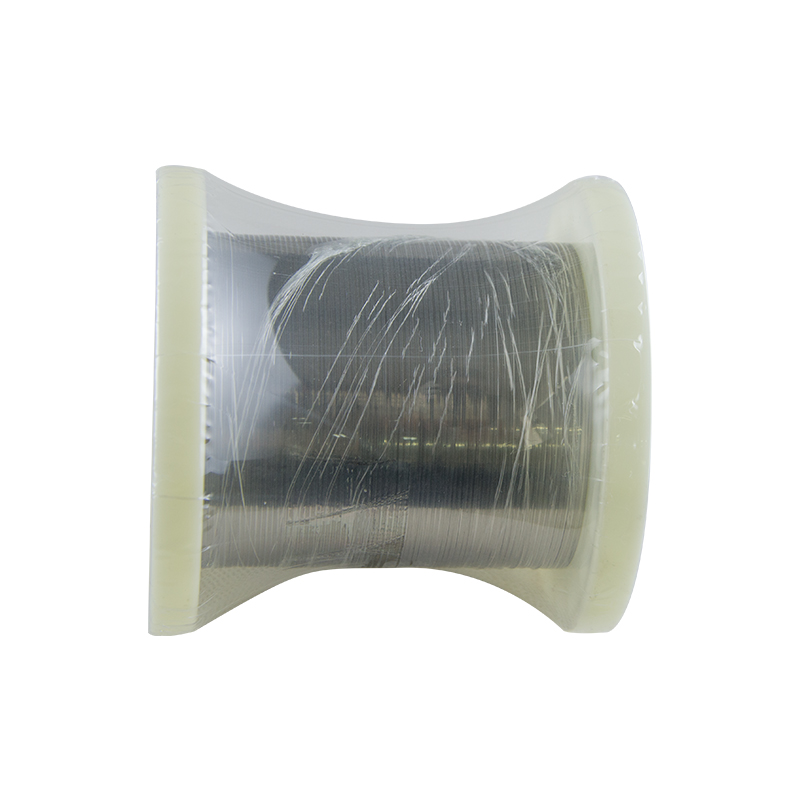
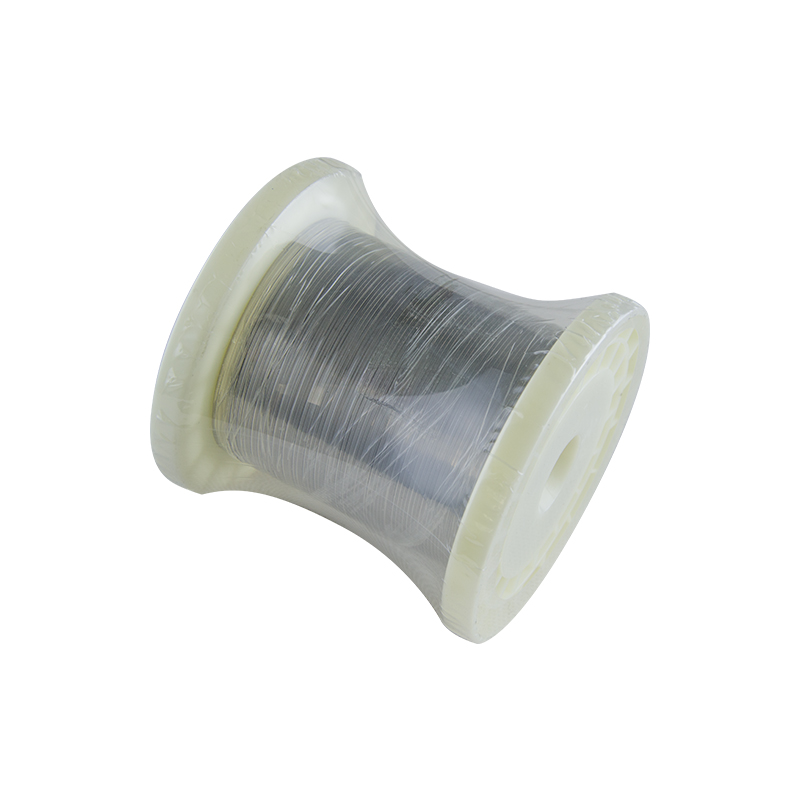
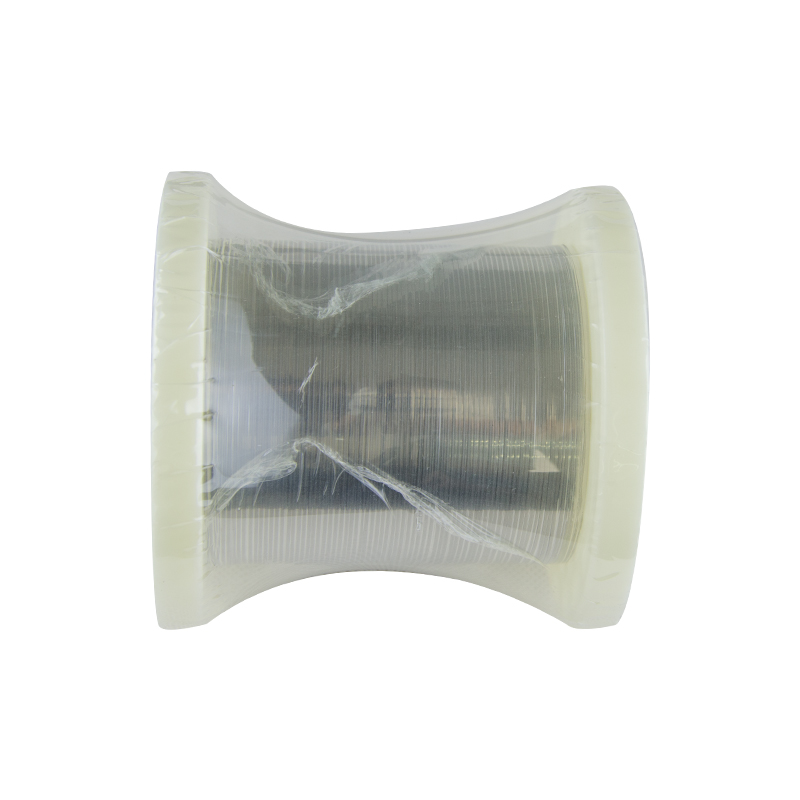

Schreiben Sie hier Ihre Nachricht und senden Sie sie an uns
Produktkategorien
-

Telefon
-

E-Mail
-

Whatsapp
-

WeChat
Judy
150 0000 2421
-

Spitze





